What is Somatic Breathwork?
The word 'somatic' takes its origin from the Greek word 'soma' meaning the living body. Somatic practices are rooted in the fundamental understanding that the mind and body are inextricably intertwined. Our bodies are incredible containers, storing imprints of all our life experiences. If the mind seems to forget, the body always remembers. And the body's innate intelligence has its own way of resurfacing stored experiences via symptoms or chronic conditions, serving as a means to make us aware and process them.
When we tune in to the breath, the pattern, the sensations… we allow ourselves to feel into the body. With Somatic breathwork, the body starts to talk! And with practice, the dense layers of deep-rooted emotional, energetic, and tensions attached to the stories we might have literally ‘embodied’, can be acknowledged and released.
This integrative mind-body work catalyses powerful systemic rejuvenation that touches every aspect of the being—mental, emotional, physical, and spiritual.
Picture this for a second: there has been an accident, and someone is hurt. As a first responder, one of the first actions you do, after ensuring the scene is safe for you to assist, is to check that the airway is clear for the breath to flow.
This is what we call ABC (Airway, Breathing, Circulation). And if the person can breathe and is conscious enough, whilst waiting for further assistance, you might want to reassure them by asking them to take some soft & deep breaths with you.
Why? Because by simply placing the attention to the breath, shifts happen - an inner calm, a certain resilience takes place. In this distressing moment, we realize we still have the power to breathe. We are alive!
This in itself is somatic breathing, it doesn’t have to happen in a class or a session, and you don’t need to wait to be in an unsettling situation to pay attention to your breath.
The Evolutive journey of Somatic Breathwork and its origins
Somatic breathwork, as we know it today, is a relatively modern practice that has its roots in ancient Eastern and Western traditions. However, the concept of conscious breathing and its connection to the body and mind has been around for thousands of years.
1. Ancient Roots
The earliest recorded evidence of conscious breathing practices dates back to ancient India, where yoga and meditation were first developed 5000 years ago. The ancient yogis, sages or rishis recognized the breath as a gateway and access point to the body-mind-spirit connection. They developed various techniques to harness the power of what they call ‘prana’ (which not only means breath but also essence, vitality, and force…) , to be able to unlock any individual's full potential.
Similarly, in ancient China, the practice of Qigong, which involves slow, deep breathing and movement was used to cultivate and balance the body's energy, or "qi," and was believed to promote health, longevity, and spiritual growth.
The use of breath as a therapeutic tool also finds roots in Shamanic Breathwork and many other indigenous lineages. For millennia, wisdom teachings across cultures have emphasized the breath's sacred power to quiet the mind, purify the body's energies, and reveal our true nature: pure consciousness.
2. Travel to the West
In the Western world, the concept of conscious breathing was first introduced by the ancient Greeks, who believed that the breath was connected to the soul. The Greek physician Hippocrates wrote extensively on the importance of breathing and its relationship to health and disease.
In the 19th and 20th centuries, Western practitioners such as Wilhelm Reich and Alexander Lowen developed their own breathing techniques, which emphasized the connection between the breath and the body's energy. Reich's "orgone energy" theory, for example, claimed that the breath was a key factor in the flow of energy through the body.
3. Modern Developments
In the latter half of the 20th century, somatic breathwork as we know it today began to take shape. In the 1960s-1970s, pioneers like Leonard Orr, Stanislav Grof and others helped breathwork techniques resurge in the modern West through styles like Rebirthing Breathwork and Holotropic Breathwork.
Other practitioners such as Stanley Keleman, Peter Levine, and Don Hanlon Johnson developed their own unique approaches to conscious breathing, which emphasized the connection between the breath, the body, and the mind. All their approaches use the breath to release emotions and manage stress.
Today, modalities like somatic breathwork continue gaining acceptance and authority as more people awaken to the breath's ability to access our inner healing potential.
Unlocking the Power of Somatic Breathwork: How Does It Work?
Somatic breathwork practiced with a holistic mindset - combined with a fresh nutrient dense diet, meditation and yoga - is a safe way to give voice to these inner subconscious landscapes.
1. What to Expect from a Somatic Breathwork Session?
A typical somatic breathwork session begins with a brief introduction and explanation of the practice. The breathwork practitioner and therapist will guide you through a series of conscious breathing exercises, which may involve changing the breathing rhythm, lengthening or shortening the inhale and/or exhale, the place where you’re slow, deep breathing, rapid breathing, or other techniques. The session may also include some gentle movement or stretching exercises to help you release any areas of tension or discomfort. You may experience surges of overwhelming emotion, spasms of physical shaking, guttural sounding - this is the representation of the primal and raw expression of the unconscious and subconsciousness or whatever that needs to alchemically release from your psyche. This cathartic process is natural! This is a sign that you are unstressing from longlasting accumulated stress and emotions held in your body and mind.
The goal of these exercises is to help you become more aware of your breath and to feel empowered in letting go of any resistance in the body. With each somatic unraveling, you shed another energetic weight, coming into resonant balance between your body's intrinsic wisdom and your highest Self and truth.
As you breathe, the therapist may also use gentle touch, movement, or other techniques to help you release any areas of tension or discomfort. This may involve working on specific areas of the body or the entire body.
2. How Long Does It Take to See Results?
The amount of time it takes to see results from somatic breathwork can vary depending on a number of factors, including the frequency, depth, and quality of your practice. You’ll see more benefits and faster with the support of a qualified breathworker practitioner and therapist as they’ll be able to guide you through the healing journey with empathy and expertise.
In general, you may start to notice some positive impacts from somatic breathwork within a few sessions. It can range from decreased stress and anxiety, improved sleep, vitality, and an overall peaceful energy. It's important to remember that somatic breathwork is a practice. And like any practice, it requires patience, consistency, and dedication.
With daily practice, you may start to notice deeper transformations in your body and mind, such as increased flexibility and range of motion, improved posture, and enhanced emotional regulation. These changes may take several weeks or months to develop but will have rewarding effects on your overall wellbeing.
3. How Long Does a Session Last?
A typical somatic breathwork session can last anywhere from 30 minutes to 1 hour ½, although some sessions may be shorter or longer depending on your individual needs, starting point and goals.
After the session, you may be given some exercises to practice on your own, which can help you become a self sufficient breathworker and find that peaceful state at home.
4. How do I start?
Have you paused today to pay attention to your breath? Can you close your eyes right now, and notice your breath for a moment, observe the pattern, the rhythm, the depth without any judgment. Can you feel that life force running through your whole body, feeding each cell of your body with a new regenerative energy?
Well done! You’ve just delved into your first somatic breathwork experience.
Next step is to book your first 1:1 Private Breathwork Session or to find a Group Breathwork session to attend to. Online or in person options are available. This will give you opportunities to deepen and progress your practice with the support of qualified Breathwork practitioners and therapists, allowing for more breakthroughs to unveil and space to integrate into your daily life.
Read More about Husma’s founders and breathwork teachers
The Power of Group Somatic Breathwork Retreats
While somatic breathwork can be practiced individually, many find the experience exponentially more powerful and supportive when done in a group retreat setting. An immersive breathwork retreat provides the ideal container for you to step away from daily stressors and habitual patterns to go inward.
At a group breathwork retreat, you'll engage in multiple breathwork sessions over several days, allowing you to peel back layers of mental, emotional, and physical blockages systematically. Between breathwork sessions, you'll be nourished holistically through complementary modalities and activities.
Sharing this profound experience with others creates an intimate community of witnesses and supportive comrades on the healing path. You'll have the opportunity to share your vulnerabilities, process breakthroughs, and learn that you're not alone in your "stuckness" or suffering. These interpersonal connections and wisdom-sharing circles create a sacred space for healing, reconditioning and to amplify everyone's growth journey.
If your soul's call for the magic of somatic breathwork is bright and loud - Husma offers all-inclusive immersive group retreats in the lush, rejuvenating paradise of Sri Lanka.
At a Husma retreat, you'll be expertly guided through multiple breathwork journeys over 8 transformational days. Between somatic breathwork sessions, you'll be led through a tapestry of integrative practices like Yin, Hatha, Vinyasa yoga, Kundalini meditation, plant-based cuisine, nature excursions, and Ayurvedic massages or treatments. Based at our premier locations in Sri Lanka and Germany, you’ll have time to explore and soak into the culture.
10 Reasons to practice Somatic Breathwork?
Not convinced to practice yet? Let’s have a look at 10 reasons why Somatic Breathwork WORKS.
Resources:
Brown, R. P., & Gerbarg, P. L. (2005). “Sudarshan Kriya yoga in the treatment of anxiety disorders”. Journal of Alternative and Complementary Medicine, 11(4), 711-721.
Ogden, P., & Minton, K. (2000). “Sensorimotor psychotherapy: One method for processing trauma”. Traumatology, 6(3), 149-171.
Streeter, C. C., Gerbarg, P. L., & Brown, R. P. (2010). “Effects of yoga on the autonomic nervous system, gamma-aminobutyric-acid, and allostasis in epilepsy, depression, and post-traumatic stress disorder”. Medical Hypotheses, 74(5), 821-826.
Hart, T. A., & Hart, K. (2017). “The effects of somatic experiencing on spiritual experiences”. Journal of Spirituality and Theology, 14(1), 1-14.
Kragel, J. D., & Keil, A. (2017). “The effects of somatic experiencing on symptoms of post-traumatic stress disorder”. Journal of Trauma and Stress, 30(1), 34-41.
Lee, S. M., & Kim, J. (2018). “The effects of diaphragmatic breathing on exercise performance and recovery”. Journal of Sports Sciences, 36(12), 1345-1353.
Streeter, C. C., Gerbarg, P. L., & Brown, R. P. (2010). “Effects of yoga on the autonomic nervous system, gamma-aminobutyric-acid, and allostasis in epilepsy, depression, and post-traumatic stress disorder”. Medical Hypotheses, 74(5), 821-826.



